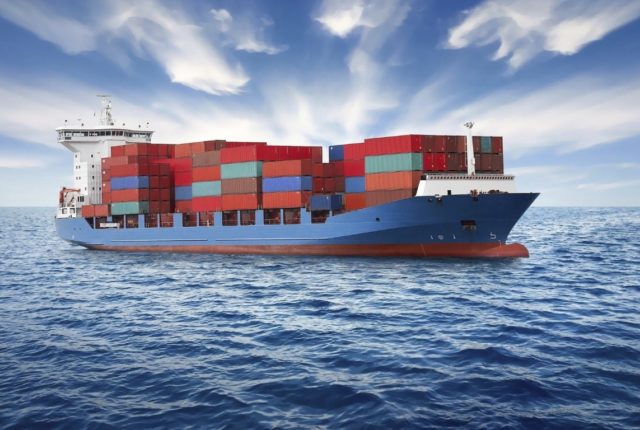
CTRM vs Shipping Software: Competitors or Allies?
Moving commodities around the globe, whether it be oil, gas, coal or iron ore, unless it is cross country, has always been done by ships, which can range from small coastal barges to gigantic carriers.
With each voyage (9 times out of 10) the charterer is involved, that is the person moving the cargo, and the shipowner is the person who supplies the shipping vessel to move the commodities. Think of it as long and short security positions on the stock market: the charterer is short the ship, therefore needs to buy, and the owner is long the ship and needs to sell.
Traditionally the charterer will use a CTRM system taking into account the cargo, namely the price exposure of the cargo, its quantity, and penalty clauses associated with the cargo.
In short, the charterers’ focus is narrowed down to the following: if the ship arrives on time and carries the cargo to the right place. When the question comes up on fixing the ship the old saying says it all – ‘Rate, Date, Demurrage’.
Hence emerges the increasing demand for a more complex digital solution designed particularly for the ship. The shipowner will use a voyage management system to handle voyage estimates and perform voyage comparison. This works on a day-to-day basis with modern systems, which are time-saving, allow to automate (digitize) a number of processes and facilitate data-driven decision making in the maritime business. Ultimately, the shipowner obtains a few commercial advantages.
Nevertheless, shipowners think differently. Such scope as exposure to fuel, information on the availability of ships for the next year and their positions – all can be displayed in the maritime software. However, there has always been some reluctance from the shipowners to look forward and make use of such shipping software.
Some shipowners would rather steer clear of derivatives (note: the word that scares some), lack understanding of innovative digital solutions, and prefer only to remember the horror stories of companies going under due to bad positions. On the other hand, what if there was a shipping software available on the market that untapped the opportunity to manage risks and lock in profits that produce a better P&L? Would the shipowners take the chance and use it? Of course.
Vasco Systems has created a shipping management solution, which handles day-to-day operations and includes complete risk management functionality. The Vasco maritime platform provides the owner with an opportunity to view forward positions, manage their exposure, ability to plan forward and a number of other features included in the software modules.



Tim Spragg
Amazing